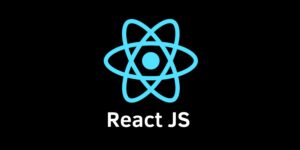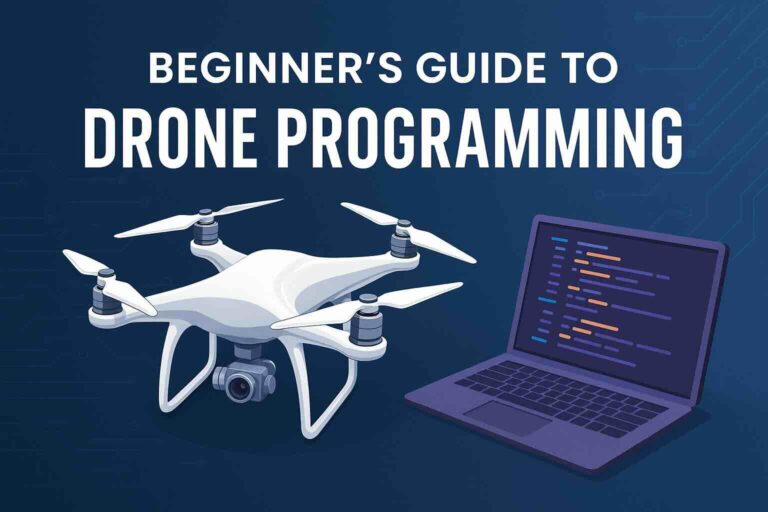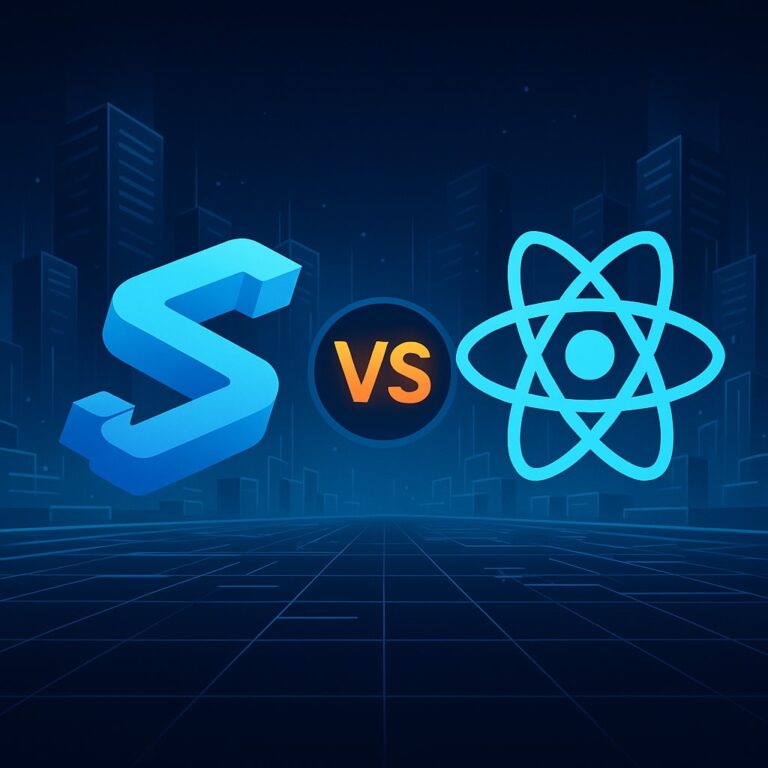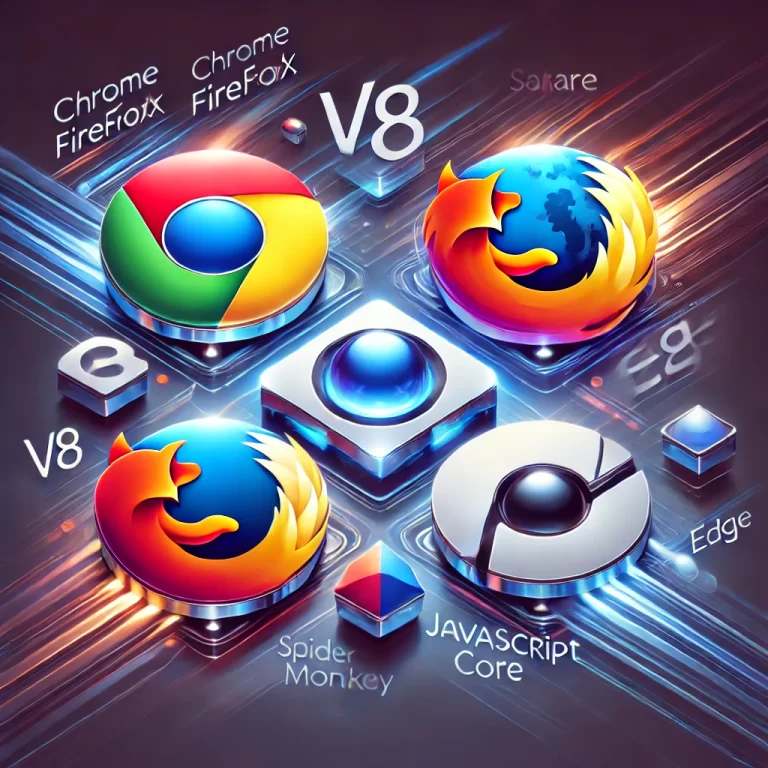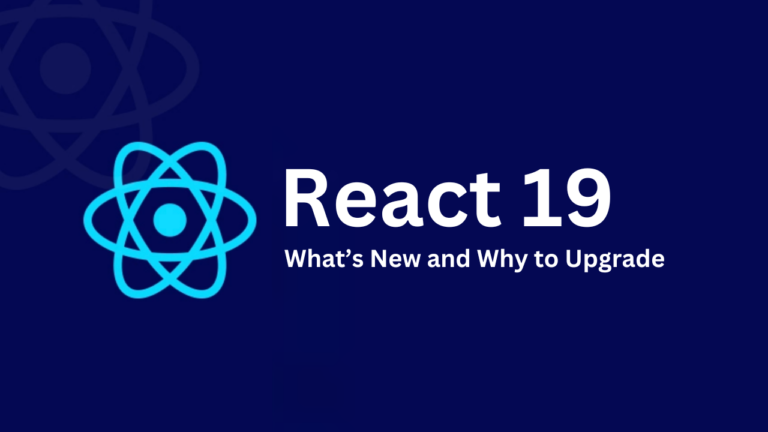Python’s extensive library ecosystem empowers developers with powerful tools and functionalities to streamline development across various domains. In this article, we’ll delve into the ten most valuable Python libraries, outlining their applications, benefits, and considerations to help developers harness their full potential.
1. NumPy
Application: NumPy is the cornerstone for numerical computing in Python, offering powerful array objects and tools for mathematical operations. It’s used in scientific computing, data analysis, and machine learning.
Pros: Efficient numerical operations, Extensive mathematical functions, Seamless integration with other libraries.
Cons: Steeper learning curve for beginners, Memory-intensive for large arrays.
2. Pandas
Application: Pandas is a versatile library for data manipulation and analysis, providing high-performance data structures and tools for cleaning, transforming, and analyzing data.
Pros: Excellent data handling capabilities, Intuitive data structures (DataFrame), Powerful data manipulation functions.
Cons: Slower performance with large datasets, Occasional memory issues.
3. Matplotlib
Application: Matplotlib is a comprehensive plotting library for creating static, interactive, and publication-quality visualizations, essential for data visualization and exploration.
Pros: Extensive plot customization, Diverse plot types, Compatibility with Jupyter notebooks.
Cons: Complex syntax for intricate plots, Limited interactivity in basic plots.
4. TensorFlow
Application: TensorFlow is an open-source machine learning library, highly regarded for building and training neural networks, ideal for deep learning projects.
Pros: Scalability, Extensive community support, Deployment flexibility.
Cons: Steeper learning curve, Complex model implementation.
5. Scikit-learn
Application: Scikit-learn is a machine learning library offering a wide array of tools for classification, regression, clustering, and more, catering to both beginners and experts.
Pros: User-friendly interface, Robust documentation, Diverse algorithms.
Cons: Limited deep learning capabilities, Performance bottlenecks with large datasets.
6. BeautifulSoup
Application: BeautifulSoup is a web scraping library, enabling easy extraction of data from HTML and XML files, essential for data collection from websites.
Pros: Simple interface, Powerful parsing capabilities, Excellent for small to medium-sized scraping tasks. Cons: Slower processing with large websites, Occasional issues with complex HTML structures.
7. Requests
Application: Requests is a simple yet powerful HTTP library for making HTTP requests in Python, used for fetching data from APIs and websites.
Pros: Simple syntax, easy-to-use API, Versatile for various HTTP methods.
Cons: Limited support for handling complex asynchronous requests.
8. SQLAlchemy
Application: SQLAlchemy is an ORM (Object-Relational Mapping) library facilitating interaction with SQL databases, offering flexibility and abstraction in database operations.
Pros: Database abstraction, query flexibility, Support for multiple databases.
Cons: Learning curve, Potential complexity in setup for simple tasks.
9. NLTK (Natural Language Toolkit)
Application: NLTK is a comprehensive library for natural language processing, providing tools for tokenization, stemming, tagging, and parsing textual data.
Pros: Vast collection of corpora, Robust language processing tools, Educational resources.
Cons: Speed issues with large datasets, Not always optimized for performance.
10. Flask
Application: Flask is a lightweight and versatile web framework, perfect for building web applications and APIs with simplicity and flexibility.
Pros: Minimalistic, Easy to get started, Extensive extensions ecosystem.
Cons: Not suitable for complex applications, Limited built-in features compared to larger frameworks like Django.
Conclusion:
Python’s rich library ecosystem empowers developers with a vast array of tools and functionalities across diverse domains. Understanding the applications, strengths, and limitations of these top ten libraries enables developers to leverage their capabilities effectively, accelerating development, solving complex problems, and building innovative solutions in Python. By carefully choosing and mastering these libraries, developers can unlock Python’s full potential and drive impactful and efficient software development.


